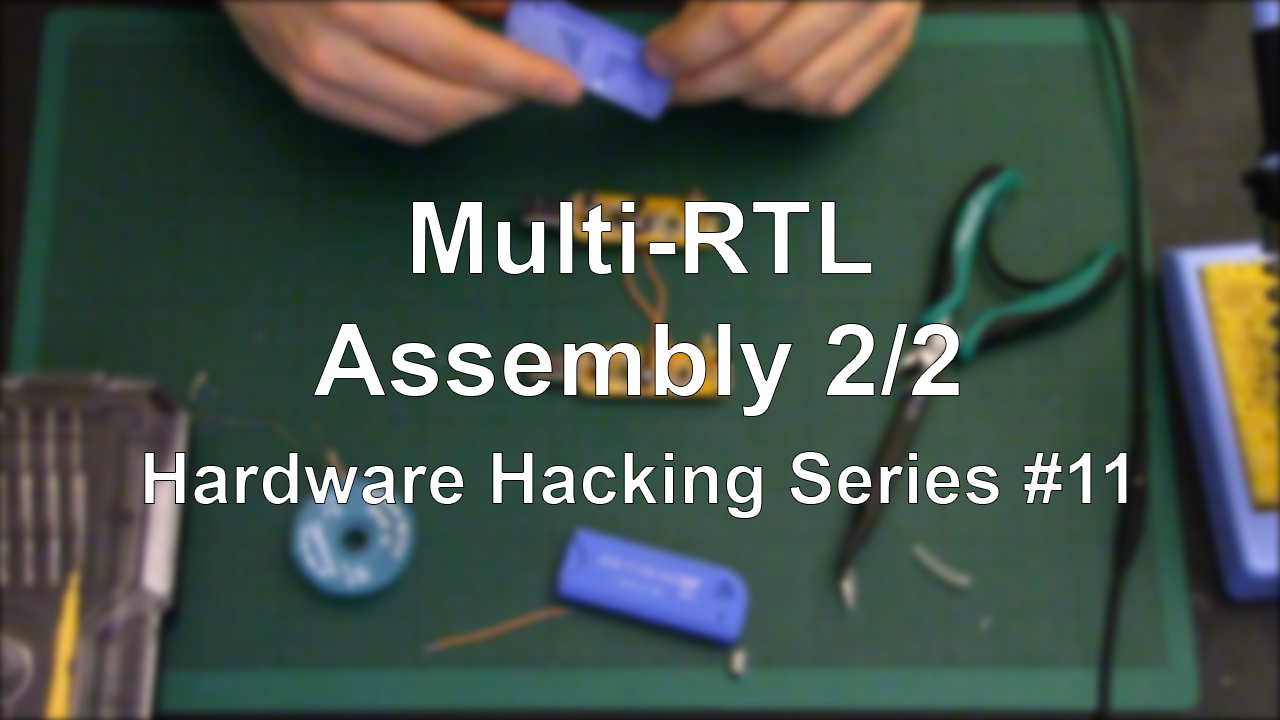Description
In this video I show how to use a multimeter to find the RX, TX, ground and voltage pins. Following that, I show how to use an oscilloscope to confirm which pin is for receiving data, where the data transfer is then shown in the oscilloscope program.
It’s important to check that the voltage does not exceed 5 volts, as most USB-to-TTL devices cannot handle voltages above 5v, including the Bus Pirate. Some serial consoles such as RS-232 goes up to +-25 volts, which cannot be handled by these devices.
Warranty Disclaimer: By opening and modifying your router you forfeit/nullify all warranties. If you break your router while modifying it like I do in my videos, then it is your own fault. Soldering on equipment is not without risks. (I haven’t managed to break my routers yet though.)
Lightning Note: As you may have seen in the preview at the end of this video, I’ve upgraded my lighting recently so that newer videos will generally be more sharp and clear. I’ve not adjusted the whitebalance in all of my videos yet though.
Topics Covered:
– Multimeter Usage
– Oscilloscope Usage
Hardware:
– Multimeter (The one I have with a “beep” sound is Velleman DVM821. Link: https://www.velleman.eu/products/view/?id=432336)
– Oscilloscope (Velleman EDU09. This is not an easy kit to assemble. Link: https://www.vellemanprojects.eu/products/view/?country=be&lang=en&id=411826)
– USB to TTL Serial Cable (https://www.adafruit.com/product/954) Alternatively: https://www.sparkfun.com/products/12977
– TP Link Router (TL-WA801ND)
Stay tuned and subscribe for more upcoming videos showing actual hacks!
Twitter: @CrazyDaneHacker
Facebook: https://www.facebook.com/crazydanishhacker
Patreon: https://www.patreon.com/crazydanishhacker





Recent Comments